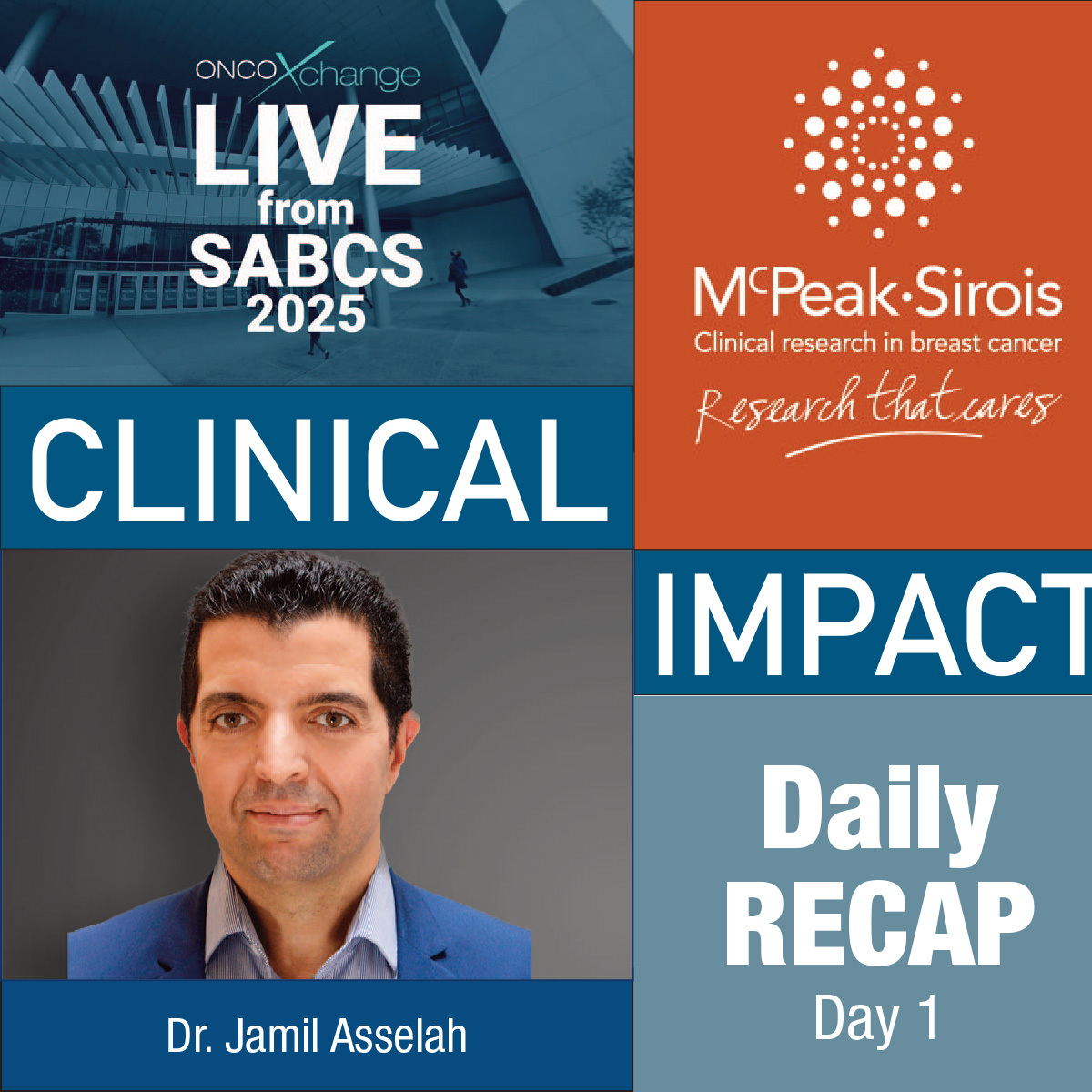
Endocrine Resistance Focuses on DNA Repair Pathway
March 2019
Endocrine Resistance Focuses on DNA Repair Pathway
by Ed Susman
VIENNA, Austria – Whole genome sequencing of luminal breast cancer tumor cells -- prior to treatment and after endocrine therapy – appears to implicate a cascade of DNA repair mechanism molecular events as the culprit in creating endocrine resistance and relapse, researchers suggested here at the 16th St. Gallen Breast Cancer Conference.
“The cause of death for estrogen-receptor-positive breast cancer is genomic complexity due to myriad single strange break repair defects which drive adaptive evolution and drug resistance and disconnect the regulation of the cell cycle from the estrogen receptor to the CDK 4/6 mechanism,” said Matthew Ellis, MBBChir, PhD, associate director of precision medicine at the Baylor College of Medicine, Houston, Texas.
“Of course, these patients can be rescued with CDK 4/6 inhibitors,” he said in his oral presentation. “But then the CDK 4/6 inhibition itself is limited by adaptive evolution and resistance. There are so many variants in these tumors that it is inevitable that a variant will emerge that is resistant.”
Ellis said that luminal breast cancer can be a frustrating disease “and we are all aware of how variable the course of the disease can be. It is a very strange disease actually because we start adjuvant endocrine therapy and we look at the relapse patterns and the latest data suggest that you are just as likely to relapse at year 3 as you are at year 20.”
He and his research team performed whole genome sequencing on tumors before patients began endocrine therapy and then performed the same testing after treatment, comparing results with those patients who did well and those for whom endocrine therapy resistance emerged and so did breast cancer relapse.
“In looking at the ACOSOG Z1031 study which compared 3 endocrine therapies, there appears to be a subset of patients who do incredibly well as evidenced by the complete obliteration of the proliferation of the tumor with the aromatase inhibitor with the Ki67 levels that are basically at 0 and have very low surgical stage versus these unfortunate patients who have some degree of slippage in the relationship between the estrogen receptor and the cell cycle mechanism,” Ellis said. “Despite very impressive estrogen deprivation, the tumor is still able to proliferate. So what is the cause of this estrogen independent proliferation that is driving those poor outcomes?”
He said that the researchers scrutinized the relationships between aromatase inhibitor-sensitive genomes and aromatase inhibitor-resistant genomes. “We were hoping we would find one magical mutation that would explain this resistance,” Ellis said. “But what we got from this analysis was something slightly different and I think fairly profound which is the aromatase inhibitor resistance tumors had much more complicated genomes.
“They didn't have just one kind of somatic mutation, but all sorts of different somatic mutations were elevated in resistant tumors – particularly a lot of point mutations. So there is a higher point mutation rate in the resistant tumors versus the sensitive ones as well as increases in chromosomal rearrangements,” he said.
“By looking at the whole genome before treatment and after treatment was that there was a lot of clonal dynamism,” Ellis said. “There are many sub clones within a tumor and when your treat them the relationship changes. In one case we observed an estrogen-receptor-positive tumor that after treatment became an estrogen-receptor-negative tumor that was highly proliferative. What happened were two tumors grew into each other – one positive and one negative, and the positive one went away.”
Ellis said he and his colleague tried to figure out “what is driving all this crazy heterogeneity. There must be more than something that meets the eye. We thought that there must be DNA repair defects in the breast cancers that are a bit different than the DNA repair defects we talk about commonly in breast cancer – that is, defects in BRACA1 or BRCA 2.”
What he found was that mutations in the MutL genes were associated with poor survival, but the MutS components were not associated with decreased survival. “We found that if the tumor doesn't have MutL, it cannot respond to endocrine therapy, but the cells remain sensitive to a CDK 4/6 inhibitor,” Ellis said. “So the loss of this one DNA repair enzyme creates this very interesting phenotype of endocrine therapy resistance but with persistent sensitivity to a CDK 4/6 inhibitor. What we are showing is that if you knock down ATM or you knock down CHK2, you generate these endocrine resistant phenotypes.”
Further experiments identified other drivers of resistance: CETN2, ERCC1 and NEIL2, he said. “These enzymes repair complicated single strand damage, and when there is a tumor with low expression of these enzymes, the patients tend to do worse,” he said. “ When you lose the expression of these genes the tumor becomes resistant to tamoxifen and other endocrine drugs, including fulvestrant – but they remain sensitive to CDK 4/6 inhibition.”
“The answer to all this,” Ellis said, “is that we have to work hard in the immunotherapy area as the only solution to this problem. It might be that some of these DNA defect repair signatures might be important selection criteria in how to treat patients.”

Comments (0)